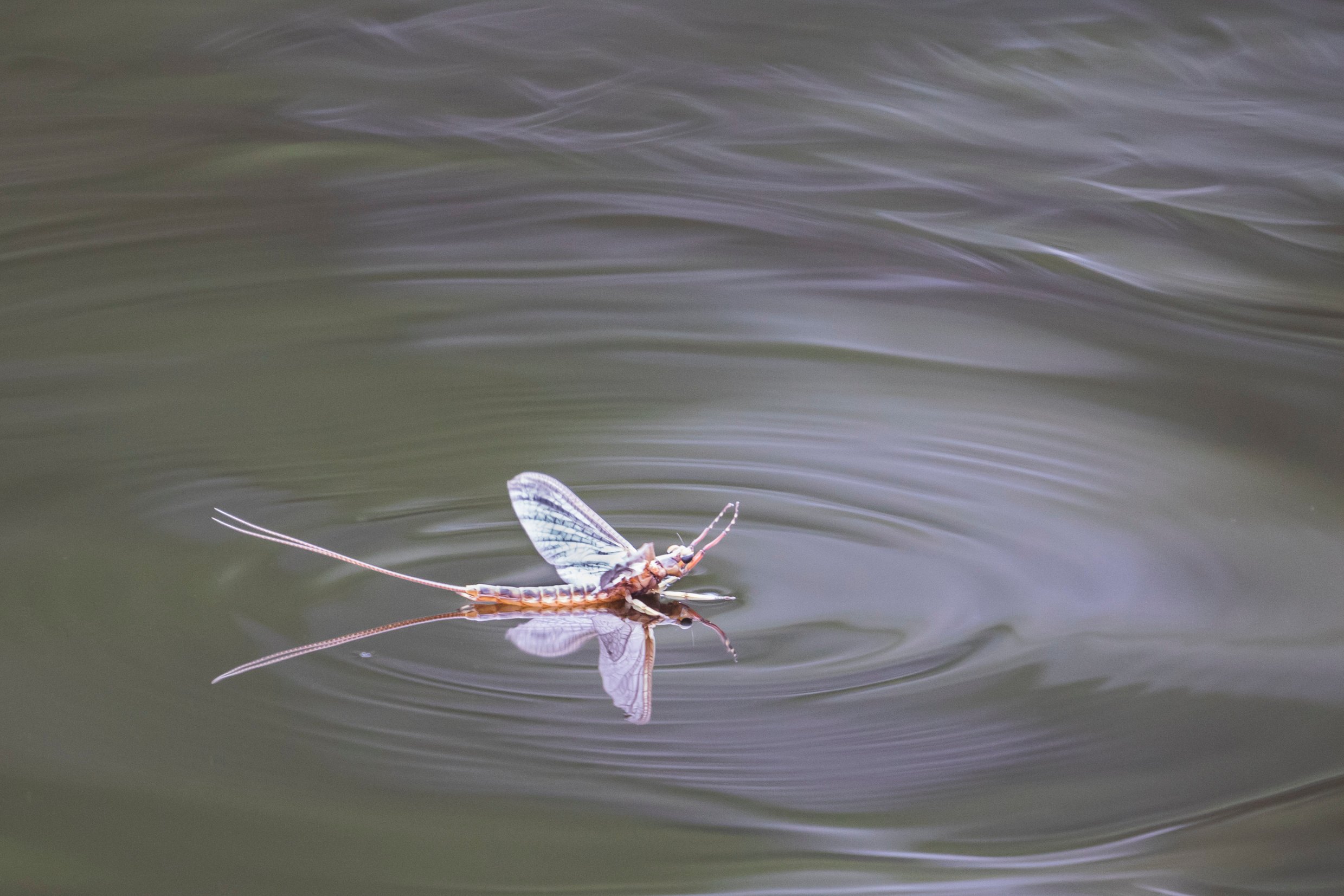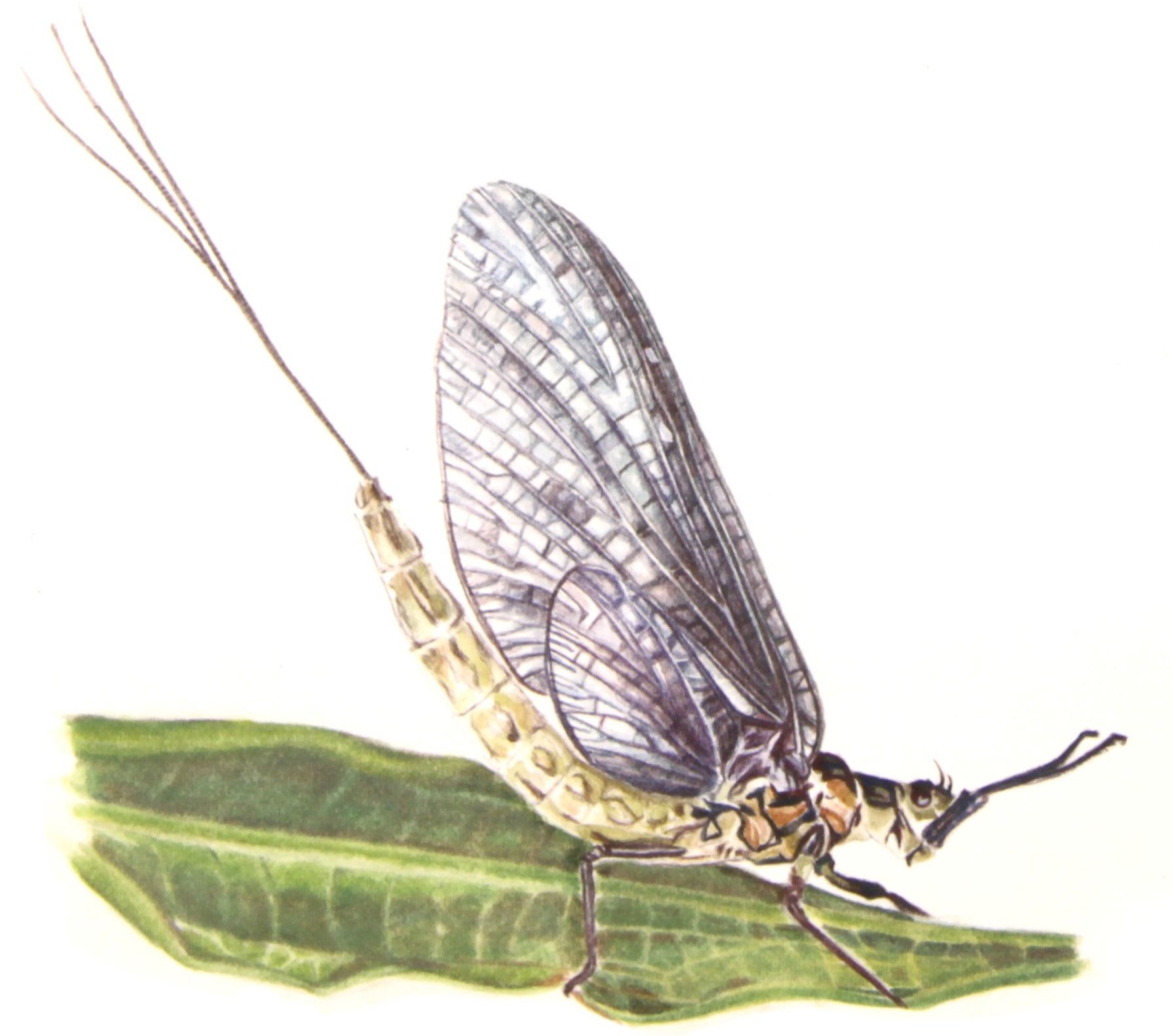
Riverfly Recording Schemes (RRS)
About
The Riverfly Recording Schemes, established by the national recorders for caddisflies (Trichoptera), mayflies (Ephemeroptera) and stoneflies (Plecoptera), celebrate the common ground that exists between the three groups of insects.
Caddisflies, mayflies and stoneflies form a natural group and are found in similar habitats as both young and adults. The Riverfly Recording Schemes aim to:
champion caddisflies, mayflies and stoneflies;
produce identification guides to the groups;
encourage and facilitate recorders to widen their expertise across these groups;
run joint and specific training/recording events;
contribute information to inform UK conservation priorities;
and play an instrumental role in the Riverfly Partnership.
These are supported by the Biological Records Centre.
RRS Contacts
The RRS Coordinator is Craig Macadam. For RRS-specific enquiries, please contact Craig via rrs@riverflies.org.
Trichoptera (Caddisfly) Recording Scheme - Dr Ian Wallace
Adult Caddisfly Occurrence Scheme - Stuart Crofts (see below)
Ephemeroptera (Mayfly) Recording Scheme - Craig Macadam
Plecoptera (Stonefly) Recording Scheme - Craig Macadam
Trichoptera (caddisfly) Recording Scheme
The Trichoptera Recording Scheme aims to map the distribution in England, Scotland and Wales of the 199 species of caddisfly, and note the habitats where they live. Many species are attracted to light and the Scheme particularly welcomes records from moth enthusiasts using light traps.
The Scheme currently holds over a quarter of a million records, used to produce county checklists and help direct conservation efforts.
Records, particularly from still waters and small water bodies of any type, are welcomed by the Scheme.
Dr Ian Wallace, leading caddisfly expert based at Liverpool Museums and Coordinator of the Trichoptera Recording Scheme, has kindly offered to identify your caddisfly larvae. Email your images to Ian (larvae, larvae cases or adults), noting the site name, grid reference and date that the image was taken. Note that each image should not exceed 2 MB and emails should not exceed 6 MB.
Ian will identify the taxa as far as the image allows — this will generally be to species or group of species level and include information about their biology. This will help you develop knowledge of your particular water body and its inhabitants.
Adult Caddisfly Occurrence Scheme
Stuart Crofts, a great supporter of the Partnership, is an eminent entomologist, fly-fisher and Riverfly Tutor. Please contact us via the website, and we will put you through to Stuart for recordings of adult caddisflies.
Annual Reports - click on a year below to link to the corresponding Adult Caddisfly Occurrence Scheme report:
2011, 2012, 2013, 2014, 2015, 2016, 2017, 2018, 2019, 2022, 2023
Plecoptera (stonefly) Recording Scheme
The Plecoptera Recording Scheme was established in 2003 to encourage interest in and the recording of stoneflies in the UK. The Scheme aims to produce species distribution maps and assess the status of the species.
Thirty-four species of stonefly are known to be present in the British Isles, one of which, the Northern February Red (Brachyptera putata), is found nowhere else in the world.
Many of the species occur in high uplands and the Scheme is particularly interested in records from these areas.
Craig Macadam is the Plecoptera Recording Scheme Coordinator.
Ephemeroptera (mayfly) Recording Scheme
The Ephemeroptera Recording Scheme was established in 2000 to promote the study and recording of Ephemeroptera species found in the British Isles. Records are used to study species distribution and status and to direct conservation effort. To date, approximately a quarter of a million records have been collated, the majority of which are of larvae in running waters.
The Ephemeroptera Recording Scheme is calling for you to record and submit adult Ephemeroptera records to help inform knowledge of the current flight periods of mayfly species. More people recording and more records are needed to get a better picture, including collecting specimens after the close of the fishing season so that we can see what is happening throughout the year.
The Scheme welcomes all records and has a particular interest in those from still water or of adults.
For more information and collection tubes contact Craig Macadam via email.




